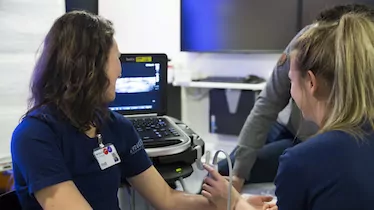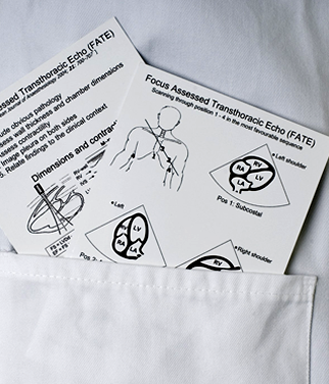Introduction to basic ABC ultrasound for medical students
€25.00
€25.00
Course Details
Introduction to basic ABC ultrasound for medical students
2066 Students
This e-course provides an introduction to the basic principles of medical ultrasound in basic lung ultrasound, focused cardiac ultrasound (FATE), the FAST protocol, ultrasound of the aorta and ultrasound for peripheral vascular access.
By completing the e-course you will be optimally prepared for the practical training
Course Content
Expand All
Lesson Content
0% Complete
0/8 Steps
Lesson Content
0% Complete
0/13 Steps
Lesson Content
0% Complete
0/53 Steps
Lesson Content
0% Complete
0/42 Steps
Lesson Content
0% Complete
0/25 Steps
Lesson Content
0% Complete
0/31 Steps
Lesson Content
0% Complete
0/6 Steps
Lesson Content
0% Complete
0/24 Steps


